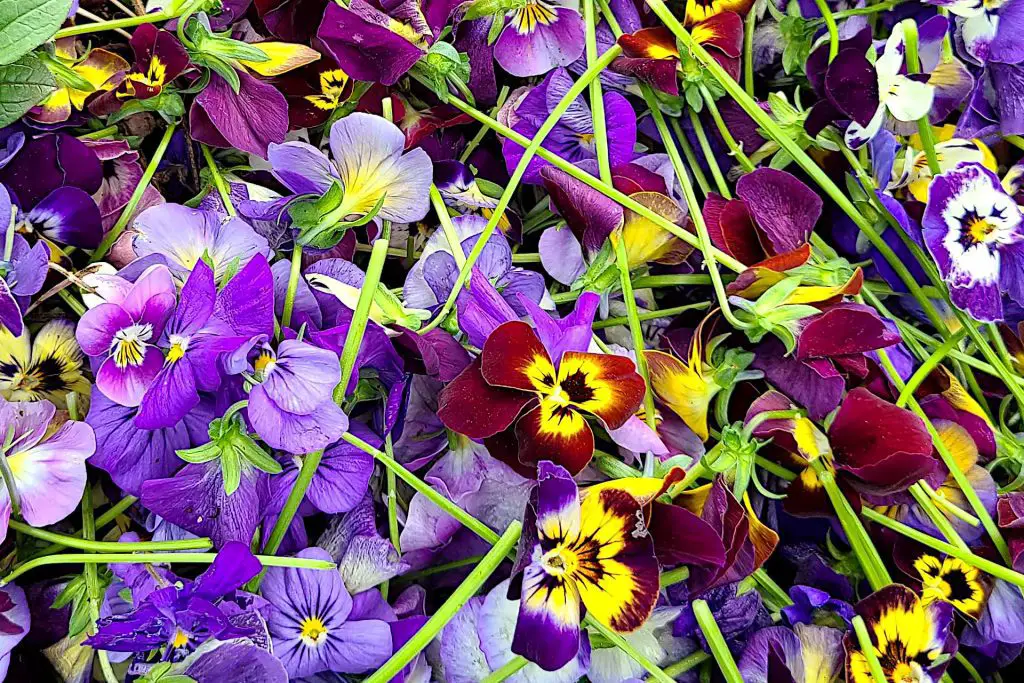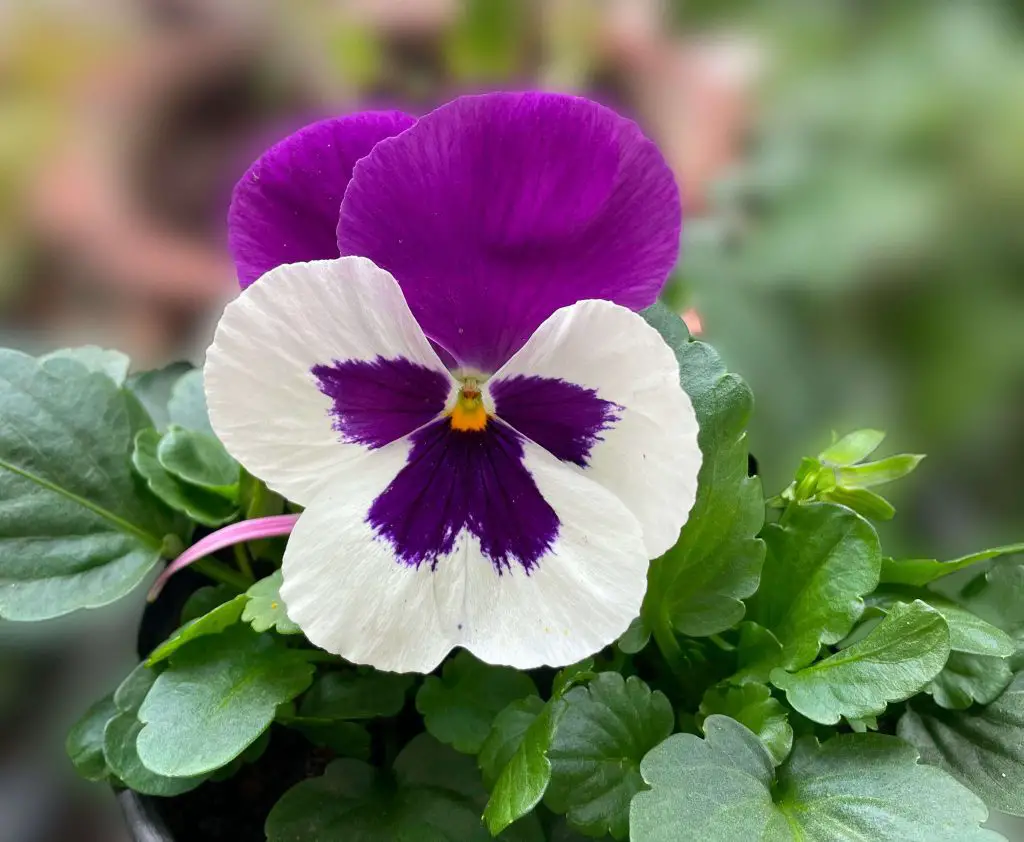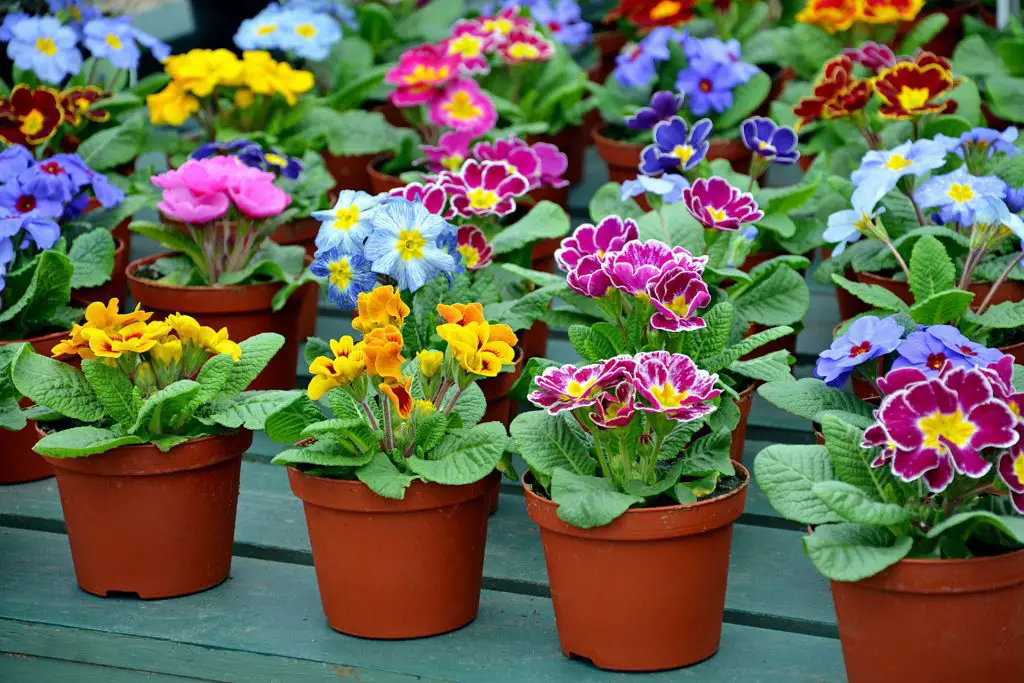Deadheading Winter Pansies and How to Overwinter the Plants
Deadheading winter pansies is a helpful gardening task you can do in the early weeks of the new year, as it will help encourage the plants to produce fresh blooms. Deadheading removes spent flowers from a plant, which should improve the plant’s appearance and encourage new growth.
As well as looking at how to properly and efficiently deadhead the plants we will also look at general care and how to properly overwinter and protect the plants.
Quick Guide for Deadheading Winter Pansies

Below we have listed out some useful tips for quickly getting up to speed with the task of deadheading these plants:
| Step | Description |
|---|---|
| Look for spent flowers: | Look for flowers on the plant that are wilted, brown, or have no petals. These flowers are considered spent, and they should be removed. |
| Use clean, sharp scissors or pruning shears | When deadheading the pansies, use clean, sharp scissors or pruning shears. This will help ensure that you get a clean cut, and will also help prevent the spread of diseases. |
| Cut back to a healthy leaf or bud: | When cutting back the pansies, make sure to cut back to a healthy leaf or bud. This will help encourage the plant to produce new growth and blooms. |
| Dispose of the spent flowers properly: | After deadheading the pansies, dispose of the spent flowers properly. You can either compost the flowers or add them to your green waste bin. |
Indepth Look at Why it is Worthwile Deadheading Winter Pansies
We have outlined the basic requirements and techniques for deadheading winter panies there are other considerations that you should take into account such as general care, cold tolerance and differences in care certain species require.
Why Deadheading Winter Pansies Is Beneficial
The principal reason for deadheading winter pansies is that doing so will help encourage the plants to produce new blooms and improve their overall health. Removing spent flowers, or flowers that are wilted, brown, or have no petals, allows the plant to redirect its energy toward producing new growth and blooms.
Deadheading can also prevent the plant from wasting resources on producing seeds, which can drain the plant’s energy and nutrients. Additionally, removing spent flowers can help improve the plant’s appearance and keep it looking fresh and healthy.
The Right Way to Deadhead Winter Pansies
The reading of pansies is a fairly simple process. Thye key is to pick the right blooms to deafd head and has nice sharp scissors or secateurs.
To deadhead winter pansies, follow these steps:
- Look for spent flowers on the plant. These are flowers that have wilted, turned brown, or have no petals.
- Use clean, sharp scissors or pruning shears to remove the spent flowers. Make sure to cut as close to the base of the flower as possible, but be careful not to damage any healthy leaves or buds.
- Dispose of the spent flowers properly by composting them or adding them to your green waste bin.
- After deadheading, check the plant for damaged or diseased leaves and remove them as needed.
How Often to Deadhead Winter Pansies
The frequency of deadheading winter pansies will depend on the growing conditions and the plant’s health. Usually, it is a good idea to deadhead the plants every few weeks or as needed to remove spent flowers and encourage new growth.
However, suppose the winter pansies are grown in a location with poor soil or are experiencing stress due to extreme weather conditions. In that case, they may need to be deadheaded more frequently to maintain their health and vigor.
Other Maintenance Tasks that Can Be Performed on Winter Pansies

Besides deadheading, several other maintenance tasks you can perform on winter pansies to keep them healthy and blooming. Some of these tasks include:
- Fertilizing: Winter pansies may benefit from fertilization, primarily if grown in soil with poor nutrients. Use a balanced fertilizer and follow the package instructions for proper application.
- Watering: Winter pansies need adequate moisture to thrive, but be careful not to overwater them, as this can lead to root rot. Check the soil regularly and water the plants when the top inch of the soil feels dry.
- Pest control: Keep an eye out for pests such as aphids, thrips, and slugs, which can damage winter pansies. Use natural or chemical controls as needed to keep these pests in check.
How to Care for Winter Pansies in General
Some general care tips for winter pansies include:
- Choosing the right location: Winter pansies prefer a location with full sun to partial shade and well-draining soil.
- Providing adequate sunlight and water: Winter pansies need at least 6 hours of sunlight per day and should be watered regularly to keep the soil evenly moist. Avoid overwatering, which can lead to root rot.
- Protecting from frost or extreme cold: Winter pansies are cold-tolerant but may need protection from frost/extreme cold if the temperatures drop too low. Use mulch or frost cloth to cover the plants, or bring them indoors if necessary.
Tips for Overwintering Winter Pansies
- Protecting from frost and extreme cold: As mentioned above, use mulch or frost cloth to cover the plants or bring them indoors if necessary.
- Adjusting watering habits: Winter pansies may need less water during the winter, as cooler temperatures and shorter days can reduce their water needs. Check the soil regularly and water the plants as needed, but be careful not to overwater.
- Providing frost protection: If the winter pansies are grown in pots, consider moving the pots/containers to a sheltered location such as a porch or garage to provide frost protection.
- Pruning to maintain shape: Winter pansies may benefit from holding their shape and encouraging new growth. Use clean, sharp scissors or pruning shears to remove damaged or diseased leaves and shape the plant as desired.
Differening Care for Specific Varieties of Winter Pansies

Different varieties of winter pansies may have slightly different care requirements, but generally, they can be treated similarly. Some factors that may vary between winter pansy varieties include:
- Bloom size and shape: Some winter pansy varieties have larger or smaller blooms or have a different shape or color. This may affect their appearance and how often they must be deadheaded.
- Growth habit: Some winter pansy varieties have a more spreading or upright growth habit, which may affect their spacing requirements and how they fit into a garden design.
- Cold tolerance: Some winter pansy varieties are more cold tolerant than others and may withstand lower temperatures without protection.
There are several varieties of winter pansies that are known for their cold tolerance. Some examples include:
- Cool Wave Pansies: These plants have a spreading growth habit and are known for their ability to tolerate cold temperatures and continue blooming throughout the winter.
- Matrix Pansies: These pansies have a compact growth habit and a wide range of colors and are also known for their cold tolerance.
- Crown Pansies: These pansies have a mounded growth habit and a range of colors and are relatively cold-tolerant.
It is worth noting that all winter pansies are generally cold tolerant to some degree, but some varieties may be more resistant to frost or extreme cold than others. Suppose you plan to grow winter pansies in an area with severe winter weather. In that case, it is a good idea to choose a variety known for its cold tolerance and to provide additional frost protection as needed.
